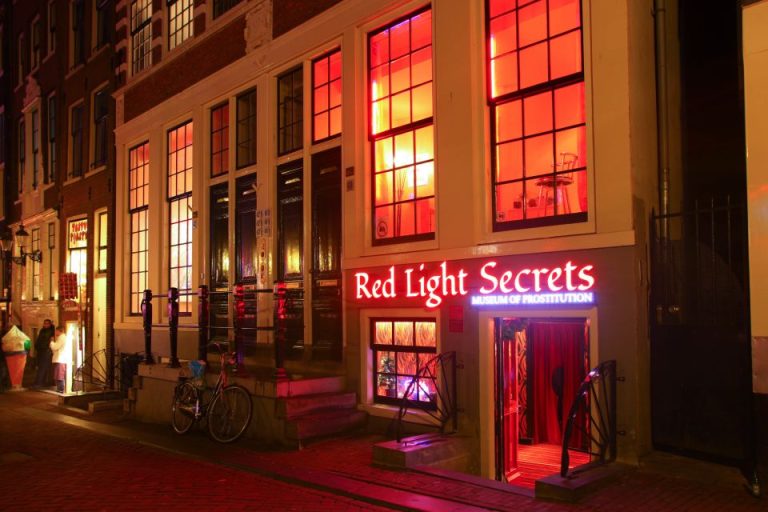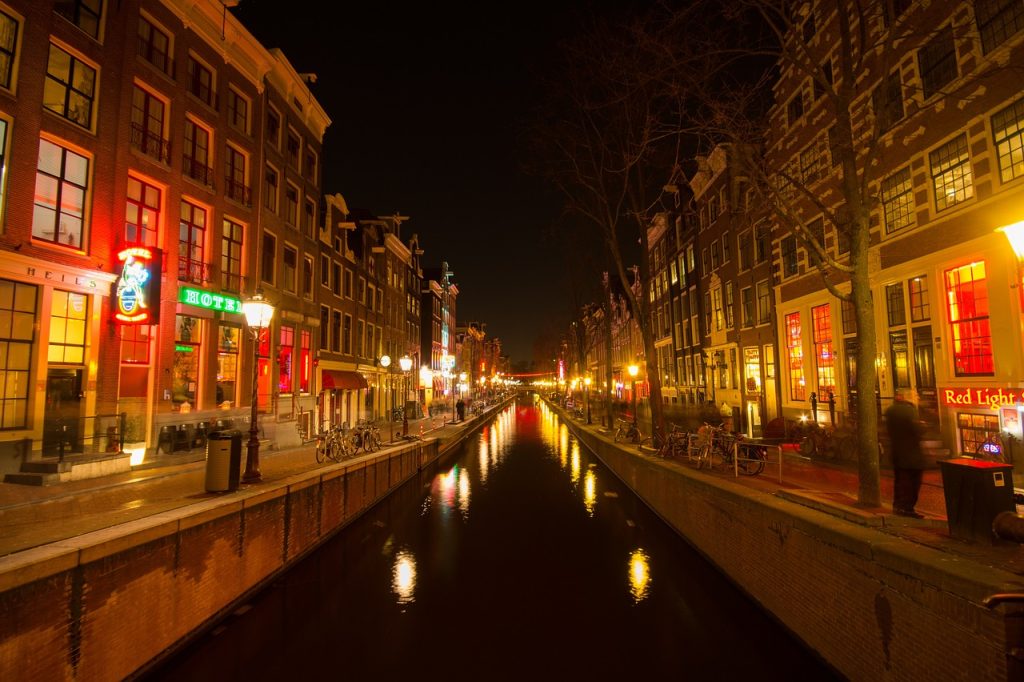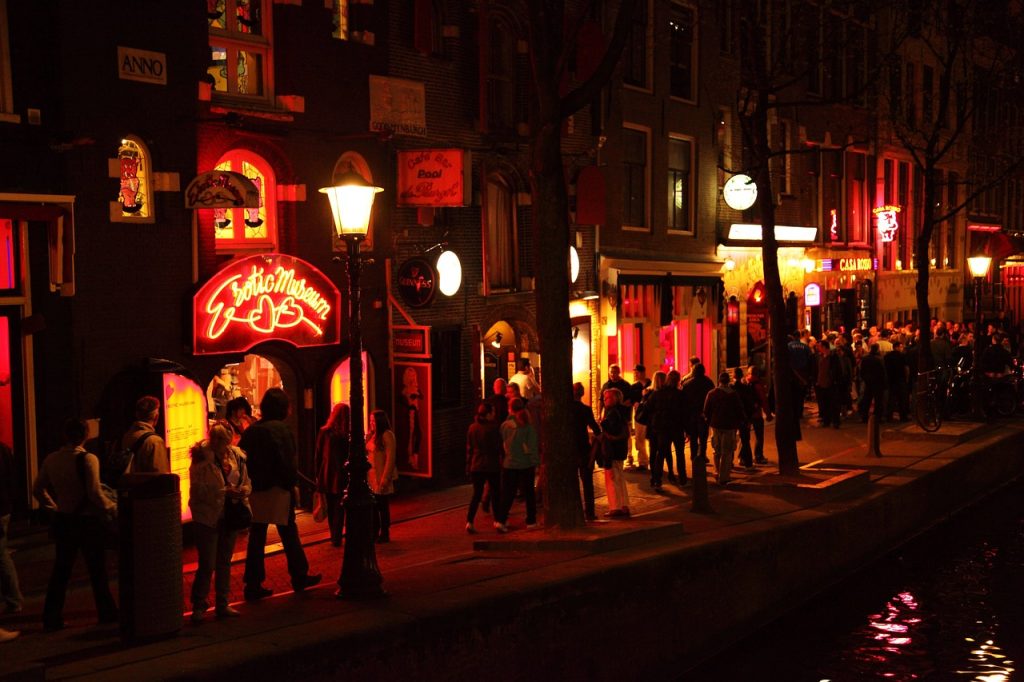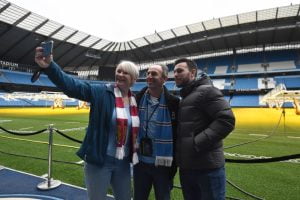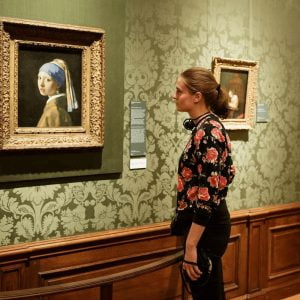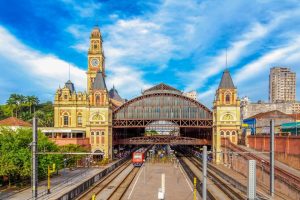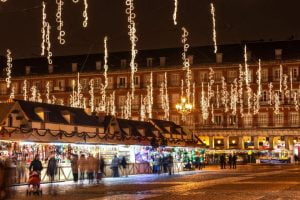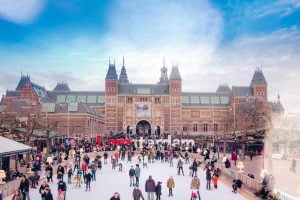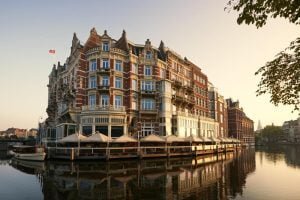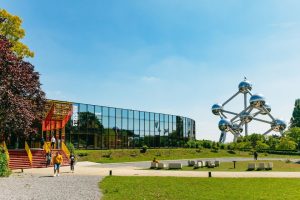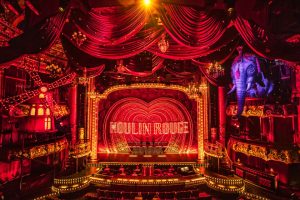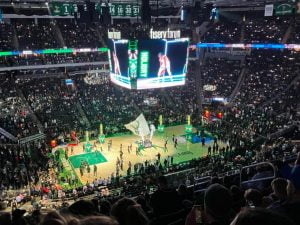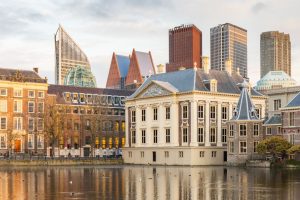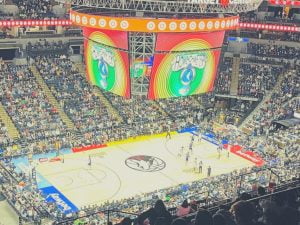Amsterdam's red light district
Amsterdam, the capital city of the Netherlands, has long become a wonderful tourist destination that invites travelers from all over the world. From the peaceful canals through the coffee shops to world-class museums, the city of Amsterdam is a vibrant city full of unique charm. Among the multitude of attractions found on the streets of the colorful city, there is a unique attraction that is undoubtedly part of the city's cultural heritage - the red light district, or in the local language - De Wallen. The 'dubious' district contains much more than the nicknames and stigmas attached to it, and it offers a fascinating combination of history, architecture, excellent food and a special social scene.
The historical story of the red light district:
The history of the Red Light District is a fascinating and complex story, which begins somewhere in the 15th century in one of the oldest parts of the city of Amsterdam.
The De Wallen area, the 'red light district', was close to the main harbor of the city of Amsterdam, and it quickly became a favorite district of sailors and merchants, who, among other things, looked for entertainment and brothels.
There are several explanations for the question of where the nickname 'red window district' came from, the most prominent of which is the claim that the railway workers used to take red lanterns with them to the brothels of the district, so that in the event of an emergency their work team would quickly find them. Later the red lights became to mark the brothels, when the escort girls would put on a red light at the entrance to the businesses in order to mark their character.
Between the 16th and 17th centuries, the sex industry flourished in the area, and it became very populated. Despite the authorities' attempts to 'regulate' and suppress the sex trade industry over the years, the industry flourished and developed, mainly due to the high demand and proximity to the city's port, which attracted traders from all over the world.
At the end of the 19th century and the beginning of the 20th century, more efforts were made to control the sex trade as part of broad social movements. However, these attempts were not very effective, and the red light district remained a developed prostitution center.
Over the years the position of the sex industry in the Netherlands has changed, but in 2000 the industry was declared legal, along with strict laws designed to protect the workers of the industry. Today, the prostitution profession is considered regulated in Amsterdam, and as strange as it sounds, there are even certificates and licenses for industry workers, and these are required to pay taxes and undergo regular health checks.
In recent years, there has been an ongoing debate about the future of the red light district of De Volen, with concerns about human trafficking and the objectification of women being raised. This led to the city council implementing a number of changes, such as closing some brothels in the district and introducing measures to control the behavior of tourists. Despite these changes, De Volen remains an iconic part of the Amsterdam landscape and the global sex industry.
It is important to remember that while the red light district is famous mainly for its sex industry, it is a normal neighborhood where people live and work, and there is much more to it than windows lit up in bright red colors.
To learn the history and culture of the dubious quarter:
To truly appreciate the Red Light District you have to dive deep into its special history, and there is no more fascinating place From the Prostitution Information Center, There you can learn about the history of the special district and get important insights into the lives of the people who make a living from the sex industry.
Another place to learn about the colorful district is Red Light Secrets Museum, which offers an immersive glimpse into the world of Amsterdam's sex workers and fascinating information about the history of one of the world's oldest professions.
The two special museums provide insightful perspectives on the district's history and how it influences Amsterdam's cultural scene and the lives of the people who work here. This cultural immersion will add a layer of depth to your experience in De Volen, and shatter preconceived notions.
Besides the two museums, you will find the Hash Marihuana & Hemp Museum Amsterdam and the Amstelkring Museum (Museum Ons' Lieve Heer op Solder) in the lively district.
Architectural gems in the heart of the rush:
Believe it or not, the mysterious Red Light District is home to some of the oldest and most beautiful buildings in Amsterdam, taking us right back to the Dutch Golden Age.
Don't miss a visit to the Oude Kerk ("Old Church"), considered to the oldest building in Amsterdam, and it has been standing since 1306. The church boasts impressive Gothic towers that offer a complete contrast to the hustle and bustle of the district.
Around the old church you will find narrow stone-paved streets that open into magical squares that present an eclectic mix of architectural styles and tell fascinating stories of the past.
Culinary delights:
Beyond the special attractions, the vibrant district presents an excellent culinary scene, and you can find everything from traditional Dutch pancakes at De Carrousel Pannenkoeken to the Indonesian 'rijsttafel' scene at a restaurant like Long Pura.
Scattered throughout the district are countless cafes, pubs, restaurants and coffee shops, which offer a relaxed opportunity to enjoy the 'Amsterdamian' atmosphere.
The red windows themselves:
And the part you were waiting for - the red windows. No trip to the red light district would probably be complete without witnessing the red windows, the famous, dubious and some would say infamous symbol of the district. Behind the red windows, the licensed sex industry workers offer their services, and the lighted alleys will reveal to you the flourishing industry. Throughout the district, you will find no less than 300 different storefronts, behind which are industry workers offering sex services.
The highest concentration of red windows are found along the streets Oudezijds Achterburgwal and Oudezijds Voorburgwal, and in the many narrow alleys that branch off from these main canals, such as Trompettersteeg, Sint Annendwarsstraat and Dollebegijnensteeg. Other streets like Warmoesstraat and Zeedijk also have some red brothels.
The red light district is one of the symbols of the city of Amsterdam, and an integral part of the cultural fabric of the city. An encounter with the lively district is an encounter with the history of the city, its tolerance and liberality, its diversity, and above all its special spirit. Come to the district with an open mind, remember that it is forbidden to photograph the workers of the industry, and go for an unexpected, colorful and above all enriching experience.

